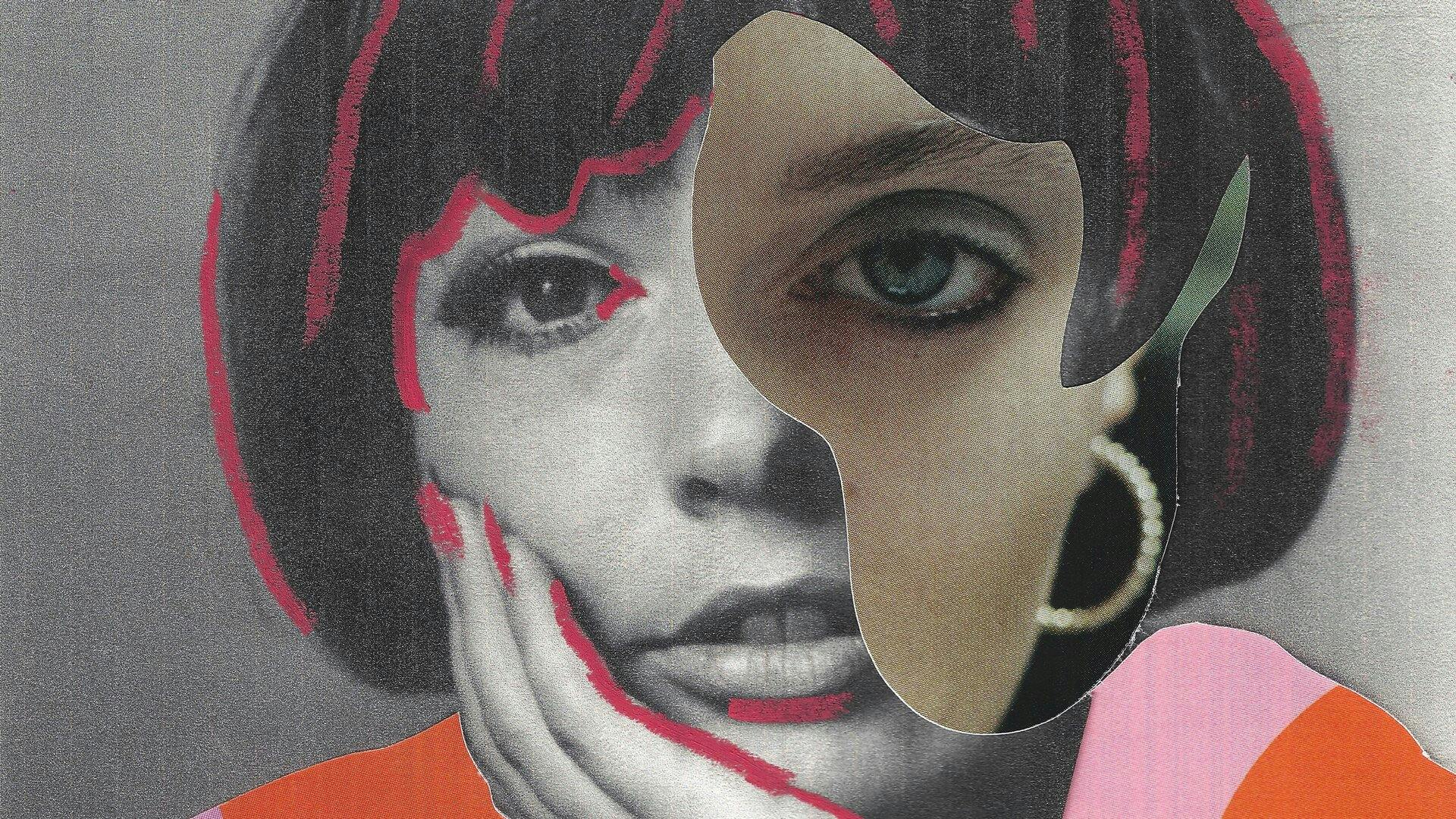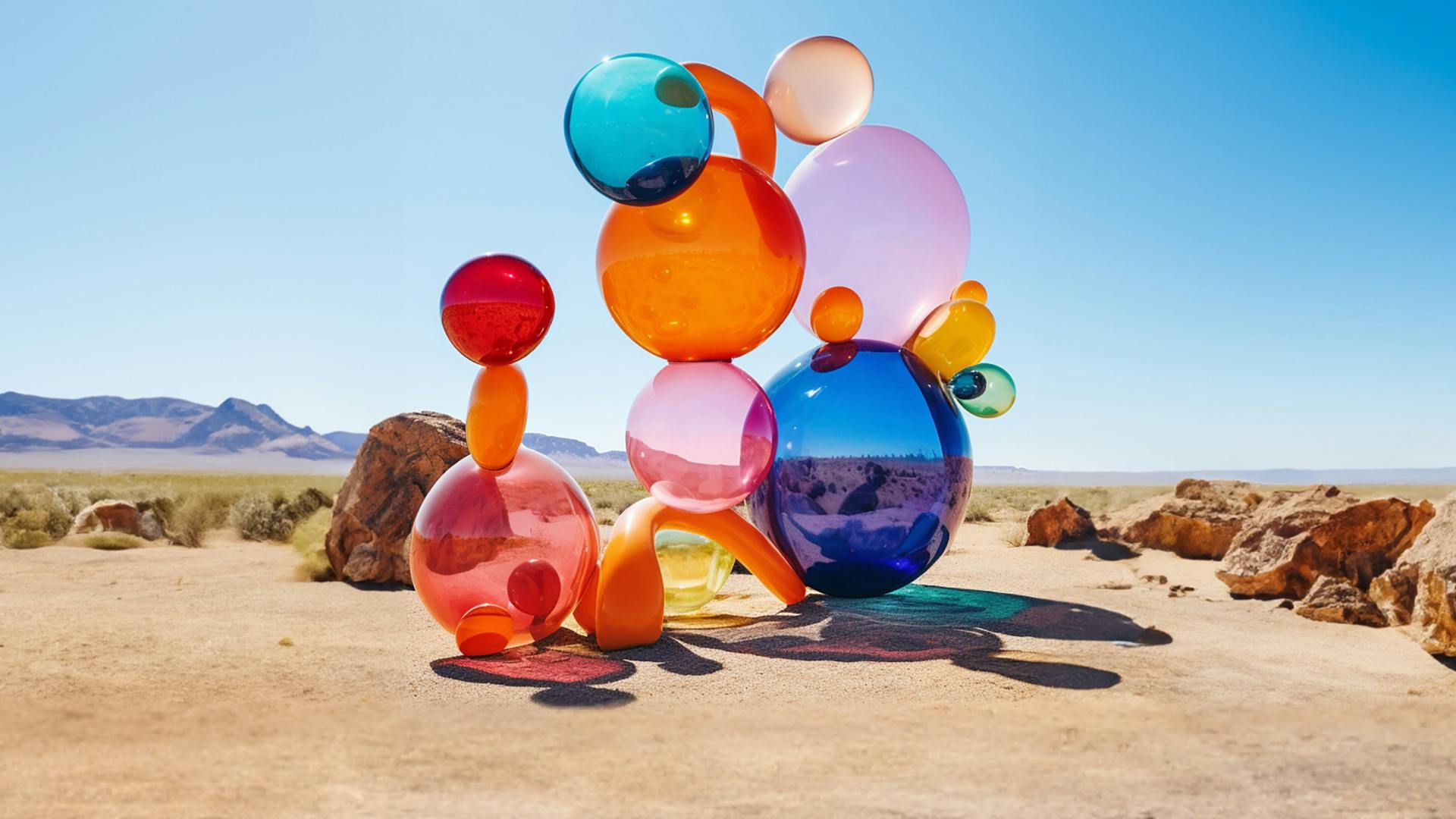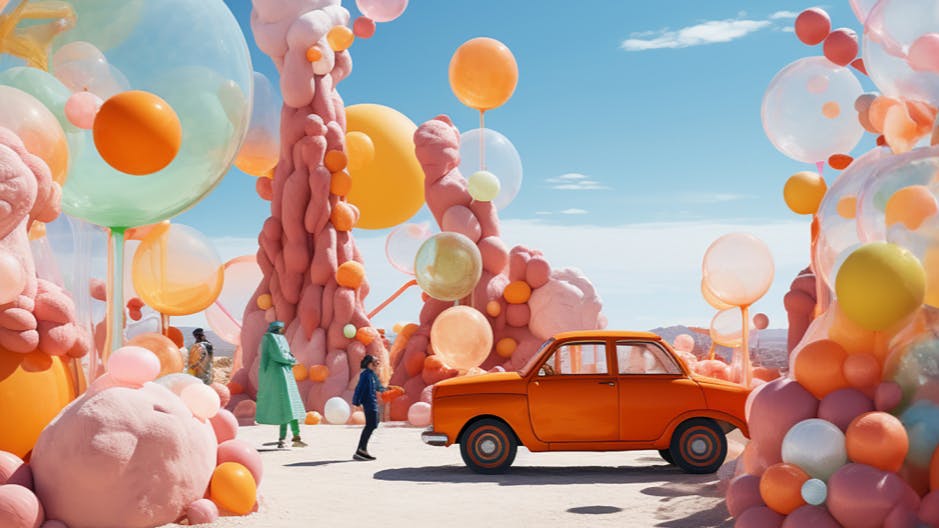Why is there an “Analog Renaissance”?
As our daily lives become increasingly intertwined with the virtual, there’s a growing need for a more grounded and human-centric approach to creativity. Analog creativity, deeply rooted in the physical world, becomes a sanctuary for creatives seeking a retreat from the rapid pace and dependence on digital technologies.
It responds to the desire for authenticity—a longing for the imperfect, the irregular, and the unique. Handcrafted creations bear the marks of human touch, creating a sense of intimacy and individuality that can be lost in the flawless precision of the digital realm.
Embracing non-digital creative processes offers a slower, more deliberate pace. It invites individuals to engage in a process that demands patience, presence, and a connection with materials. The act of physically manipulating materials, whether through collage, molding clay, or painting on canvas, becomes a tactile and immersive experience, reintroducing a tangible connection between the creator and the creation.
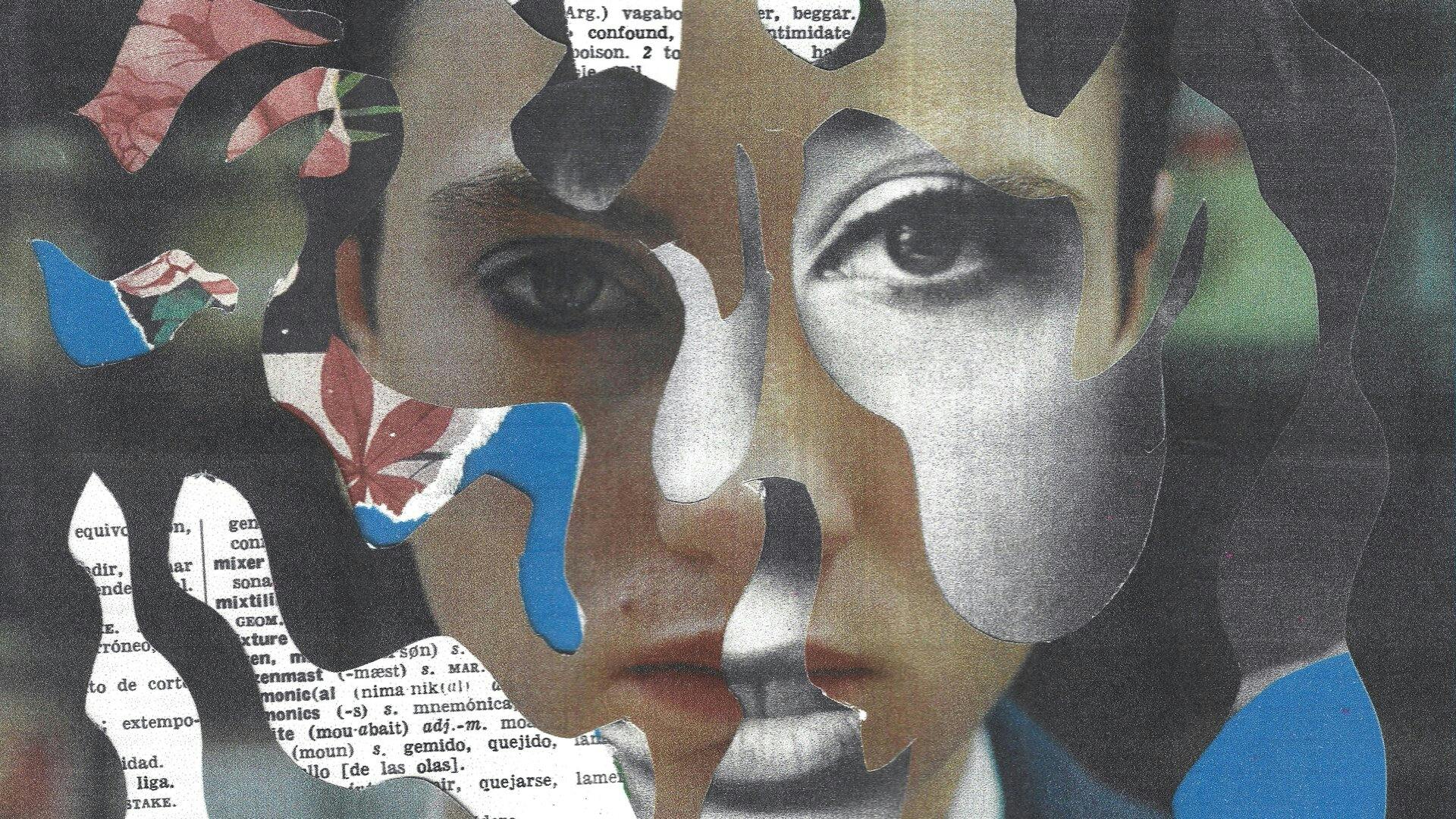
My experience: Analog vs. digital collage
Eager to immerse myself in physical creative processes, I embarked on the exploration of analog collage to understand its details and distinguish it from its digital counterpart.
I immediately felt a refreshing change in my creative approach. Getting the hang of using a scalpel is similar to becoming adept with digital software like Photoshop, but of course it carries a more natural and organic feel. Unlike digital projects guided by numerous tutorials, conventional collage encouraged me to rely on intuition, nurturing a focused connection with the physical elements at hand. The absence of a Ctrl+Z safety net requires more careful consideration, making the creative process more lasting and less inclined to constant adjustments, encouraging me to welcome imperfections and discover beauty in the spontaneous.
Collage or other classic techniques like sketching offer an immersive and uninterrupted creative experience. Shielded from digital distractions—no social media checks or email notifications—creators can deeply engage in their work, improving their focus and creating a stronger connection to the creative process.
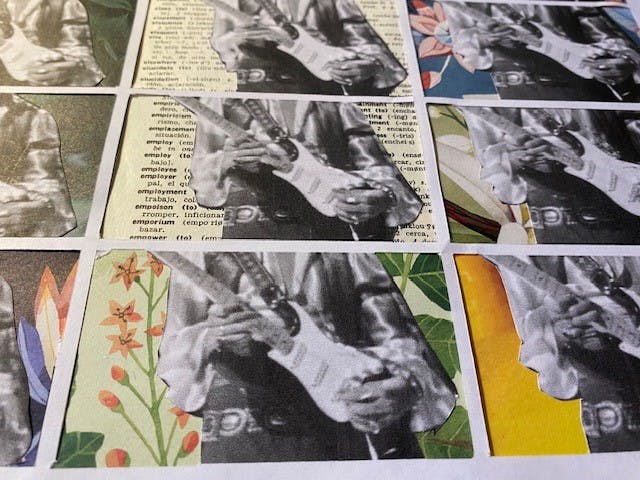
Embracing imperfection and object-oriented appeal
An inherent characteristic of non-digital creative methods is their tendency to embrace imperfection and welcome mistakes. This imperfection adds value, reminiscent of choosing an artisan-made coffee mug over a mass-produced Ikea counterpart. Joe Boyd, a mixed media artist, defines himself as an “anti-perfectionist.” In one of his newsletter he says “I think perfectionism is one of the most crippling traits you can have. Perfection really doesn’t exist. Art is completely subjective, so something that you think is perfect, may seem like a mess to someone else.”
Freedom within constraints
In the digital jungle of options, physical design shines because it plays by its own set of rules. Imagine navigating the seemingly endless options on streaming services like Netflix. The paradox here is that an abundance of choices often leads to decision paralysis. When confronted with limitless possibilities, selecting one becomes a daunting task. In contrast, non-digital design’s intentional constraints provide a different narrative. The limitations of physical space on a page or the constraints of a specific material don’t stifle creativity; rather, they act as catalysts for creativity and innovation. It’s like choosing a movie from a curated list rather than scrolling endlessly through an infinite catalog
Accessibility
Conventional artistic methods like collage are more budget-friendly than digital design, requiring minimal investment in materials like scissors and glue. You don’t need expensive software subscriptions and high-performance computers, analog collage is for everyone. Moreover, it minimizes environmental impact by repurposing existing resources, such as magazines or newspapers readily available at home.
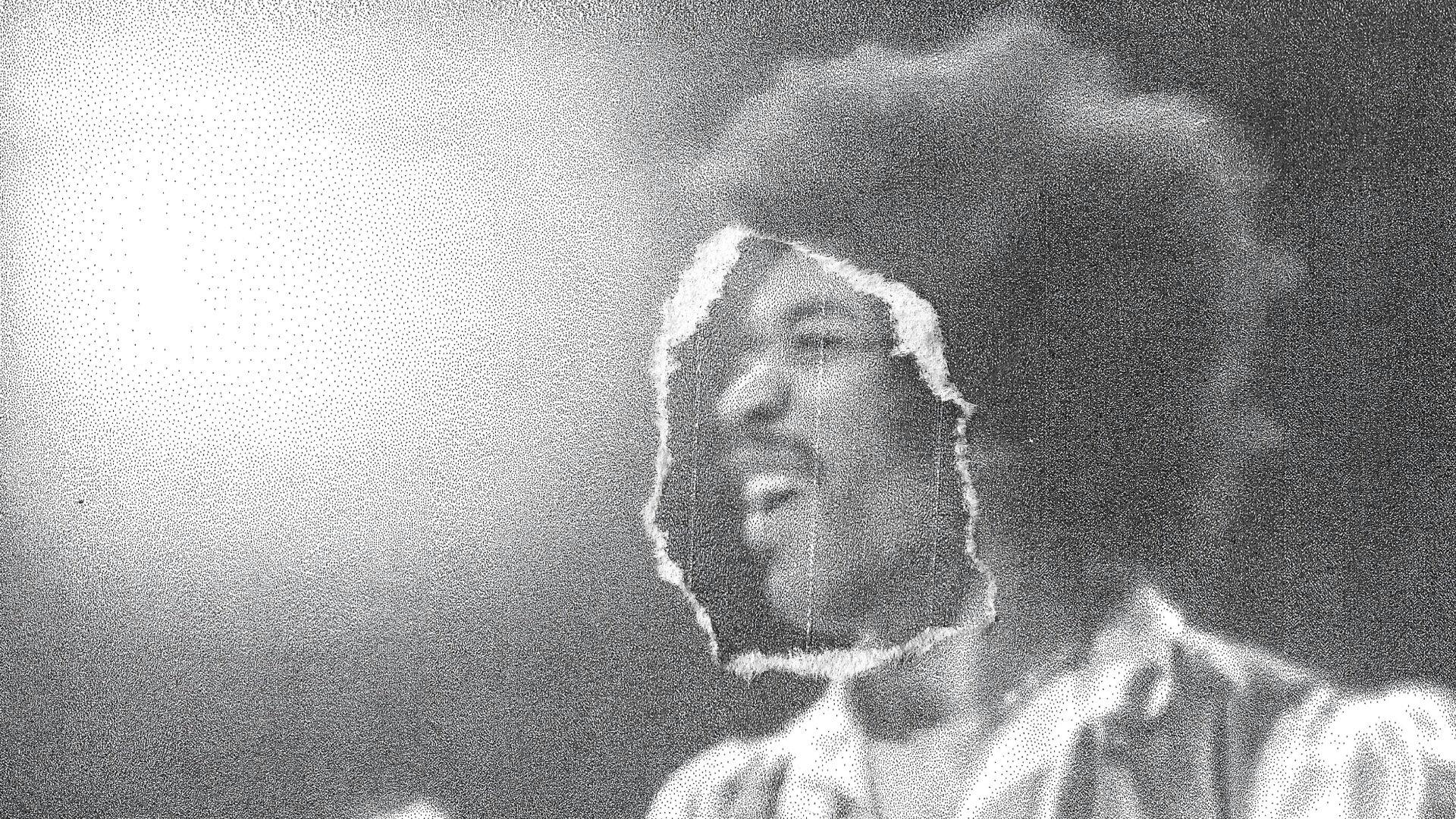
Finding balance: Integrating analog in a digital age for brand differentiation
The integration of analog and digital techniques enhances the creative process by combining the tactile nature of physical creation with the efficiency of digital tools. This synergy deepens the creative experience, fostering innovation and experimentation. Digitizing physical artifacts through techniques like photography or scanning seamlessly incorporates handcrafted pieces into digital projects.
This combination is a powerful strategy for brand differentiation, offering a distinctive identity in markets saturated with brands created using solely digital tools. Analog processes, contributing authenticity and a human touch, resonate with consumers seeking genuine experiences. Blended with the precision of digital tools, this authenticity enhances brand recognition and establishes a memorable, differentiated presence in consumers’ minds.
The unique and personalized nature of analog-digital creations encourages consumer engagement. Organizations and brands can involve their audience in the creative process, fostering a sense of community and shared experiences.
In a digital-saturated world, the incorporation of analog elements becomes a distinguishing factor, enhancing brand recognition and establishing a memorable, differentiated presence in consumers’ minds.This analog renaissance is more than a nostalgic nod to the past; it is a conscious choice to preserve the profound aspects of creativity, providing a counterbalance to digital homogeneity.
